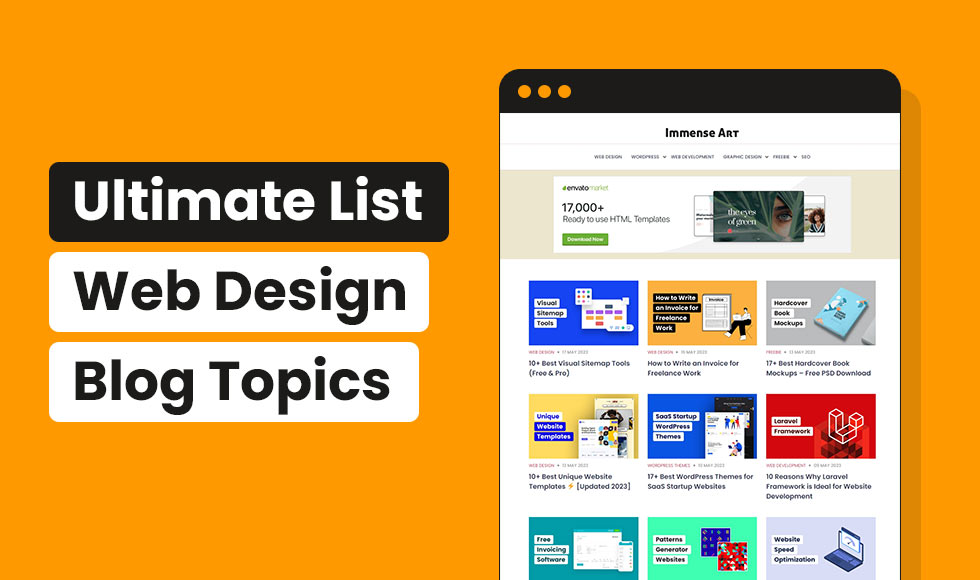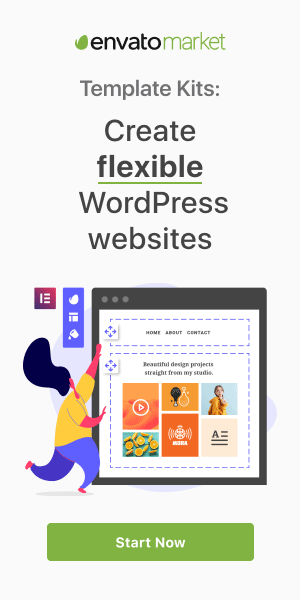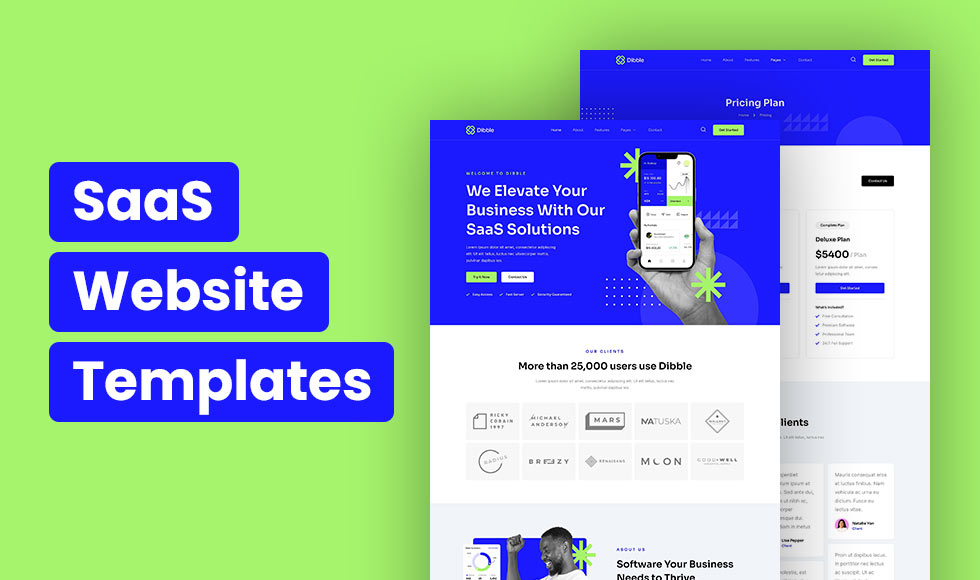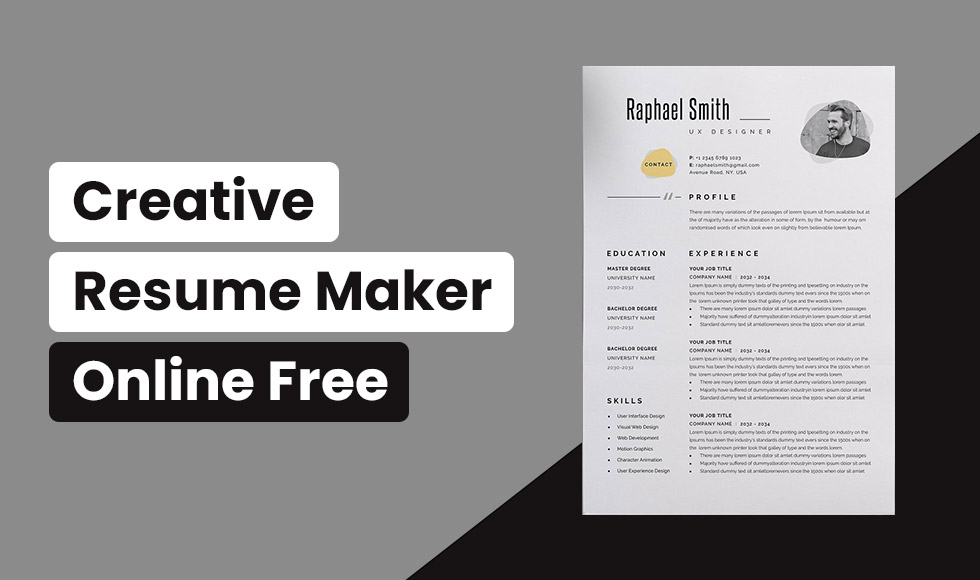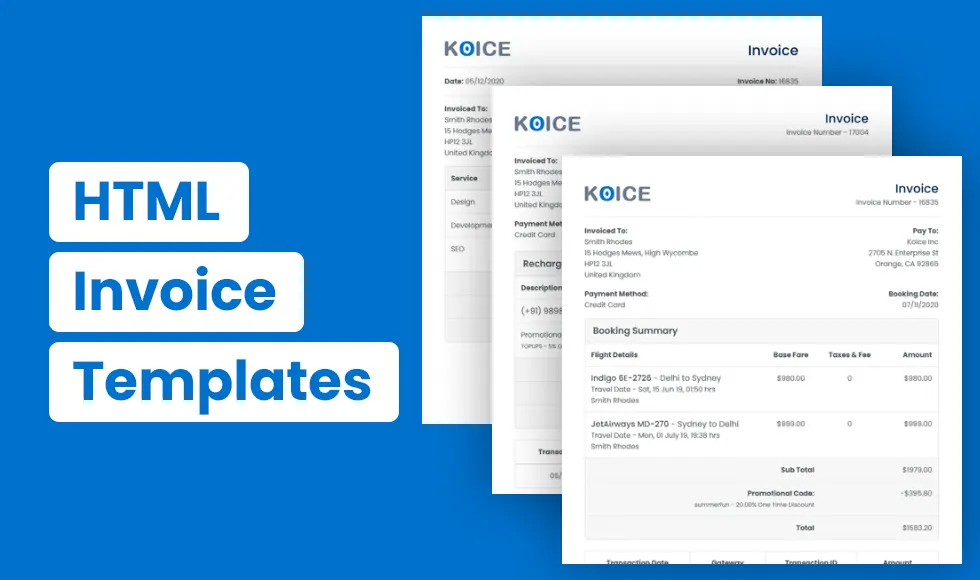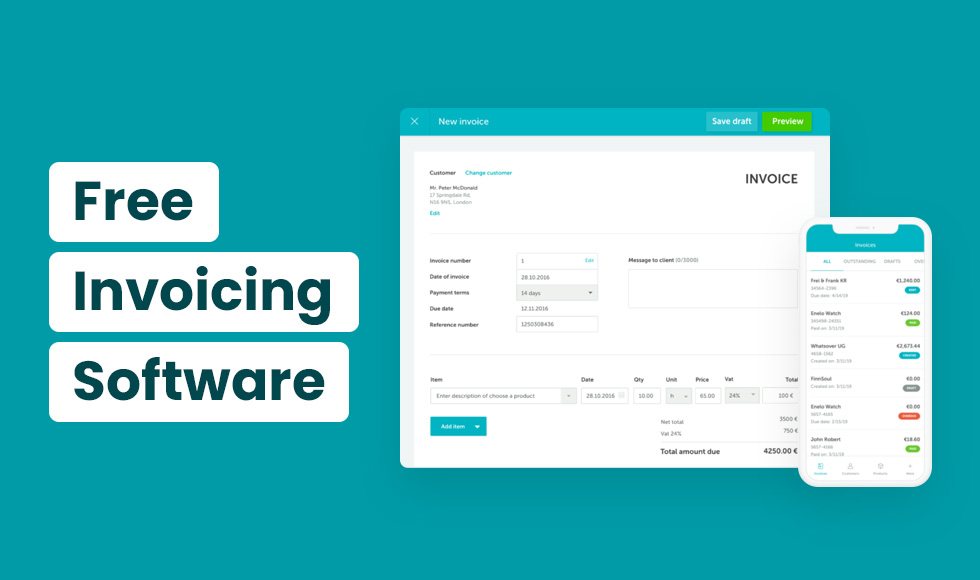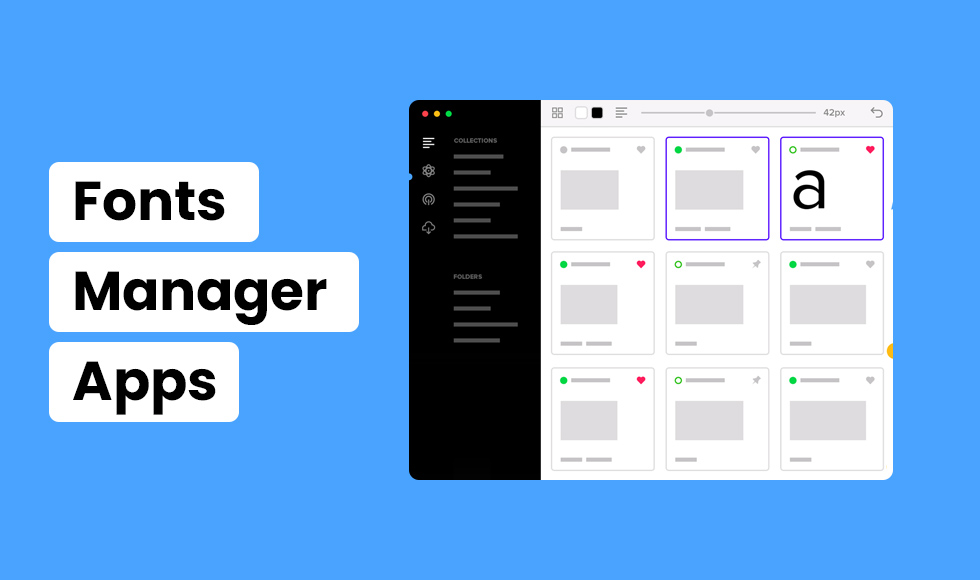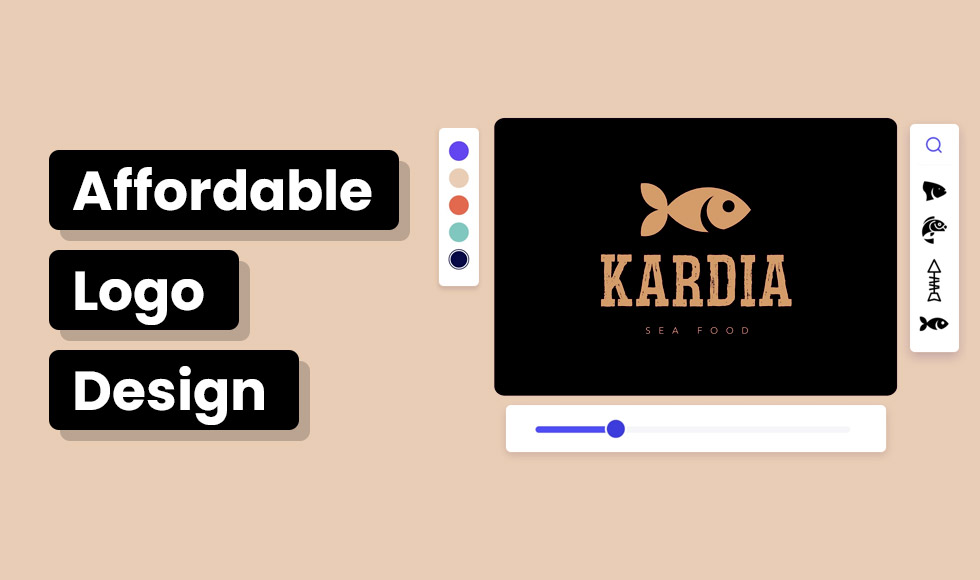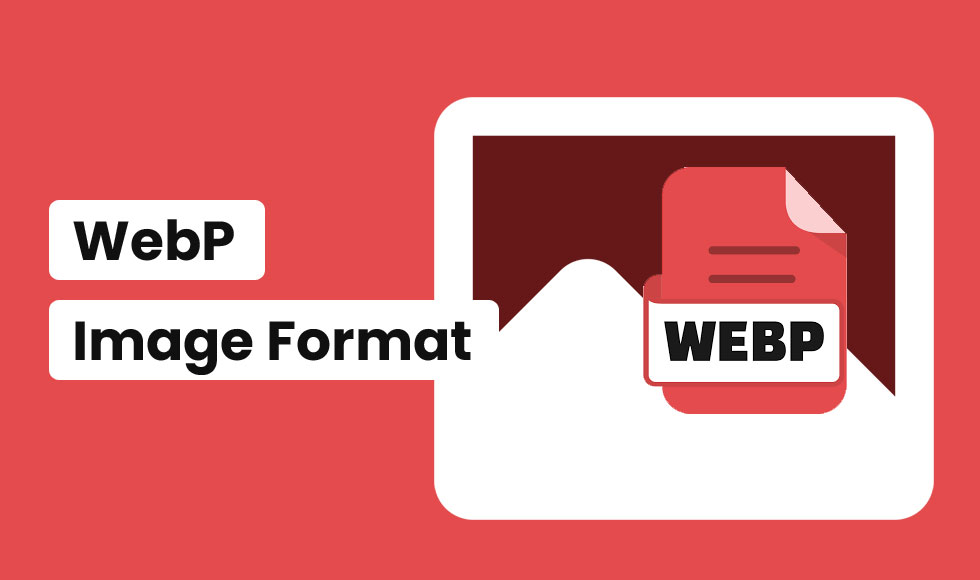Blogging as a web designer or developer is like doing a one-man show – you’re the star, writer, and director. But, let’s face it, writer’s block can hit hard. That’s why we’ve got you covered with over 100 web design blog topics to kickstart your creativity and keep your audience coming back for more. From trendy design tips to technical know-how and personal experiences, this list has got it all. Let’s dive in!
Benefits of Blog Posts
There are several benefits of blogging, including:
- Establishes Authority: Blogging showcases your expertise and knowledge in your field, positioning you as a trusted authority and thought leader. Through regular posting, you can establish a credible reputation and gain the trust of your audience.
- Boosts SEO: Blogging is a powerful tool to enhance your website’s search engine ranking. By creating high-quality, keyword-optimized content, you can drive more organic traffic to your site and improve your online visibility.
- Increases Engagement: Blogging facilitates active engagement with your readers, enabling you to build a community around your brand. By creating relevant and compelling content, you can inspire readers to interact with your brand, share your posts, and create a buzz about your business.
- Generates Leads: Blogging is a proven method to generate leads for your business. By creating content that speaks to your audience’s needs and offers solutions, you can attract potential customers to your site and convert them into leads. Consistent blogging can increase your customer base and revenue.
- Provides Value: Blogging provides value to your audience by sharing your knowledge and expertise. By creating helpful content that solves problems and enhances your readers’ lives, you can foster brand loyalty, increase customer satisfaction, and establish a positive reputation for your business.
Types of Blog Posts
How-to Guides
How-to guides are blog posts that provide step-by-step instructions on how to accomplish a specific task or solve a particular problem. These posts typically include screenshots or images to illustrate each step of the process and are intended to be easy to follow for readers who may not be familiar with the topic. How-to guides are particularly effective for providing value to readers and establishing your expertise in a particular field.
Content Hubs
A content hub is a collection of blog posts or other types of content that are organized around a central topic or theme. Content hubs can help you establish yourself as an authority on a specific topic by providing a wealth of information on a particular subject. They also provide a convenient way for readers to access all of your content on a particular topic in one place.
Expanded Definition Posts
Expanded definition posts are blog posts that provide a comprehensive explanation of a particular term or concept. These posts go beyond a simple definition and provide context, examples, and other information to help readers understand the topic in greater depth. Expanded definition posts can be a useful tool for establishing your authority on a particular subject and providing value to readers who are seeking more in-depth information.
Listicles
Listicles are blog posts that are structured as a list of items, usually with a catchy headline that promises to deliver valuable information. Listicles are often used to present information in a digestible, easy-to-read format that is ideal for readers who are short on time or attention. They are also a popular format for sharing on social media.
Expanded List Posts
Expanded list posts are similar to listicles but provide more detailed information about each item on the list. These posts can be a valuable resource for readers who are looking for in-depth information on a particular topic or who are trying to compare and evaluate multiple options.
Data Studies
Data studies are blog posts that present data and statistics to support a particular argument or thesis. These posts are particularly effective for establishing your authority on a topic by providing objective, data-driven evidence to support your claims. Data studies are also a valuable tool for educating readers and helping them make informed decisions.
Case Studies
Case studies are blog posts that present a specific example or case study to illustrate a particular point or concept. These posts are particularly effective for providing real-world examples and demonstrating the practical application of a particular strategy or technique. Case studies can be a valuable resource for readers who are looking for inspiration or guidance in a particular area.
Checklists
Checklists are blog posts that provide a list of tasks or steps that readers can follow to accomplish a particular goal. These posts are particularly effective for providing actionable advice and helping readers break down complex tasks into manageable steps. Checklists are also a popular format for sharing on social media.
Templates
Templates are blog posts that provide readers with a pre-designed template or framework that they can use to accomplish a specific task or create a particular type of content. These posts are particularly effective for providing practical, hands-on guidance and helping readers save time and effort by providing pre-designed resources.
How to Easily Find Web Design Blog Topics
➔ Find Blog Post Topics with Google Search
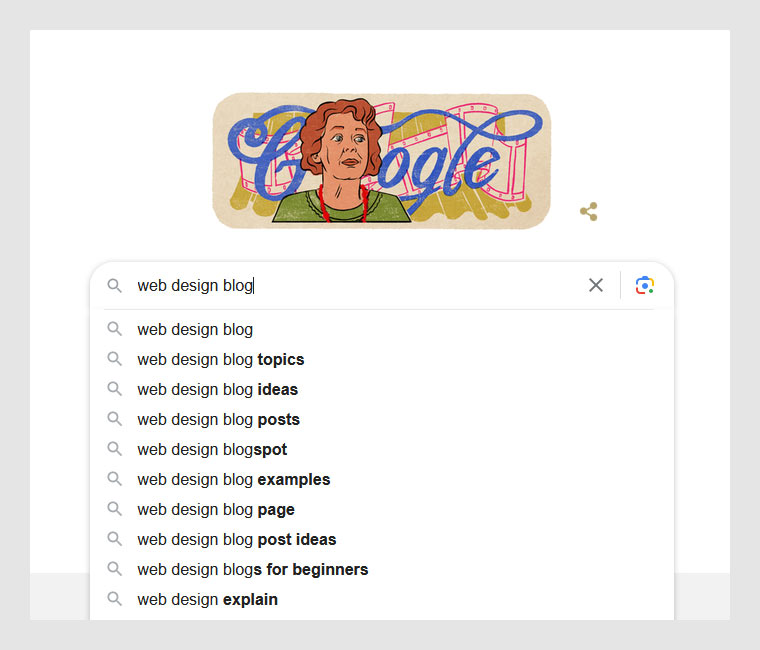
Use Google Search to find popular topics related to web design. Look for questions that people are asking and create content that answers those questions.
➔ Find Topics on Other Web Design Blog Websites
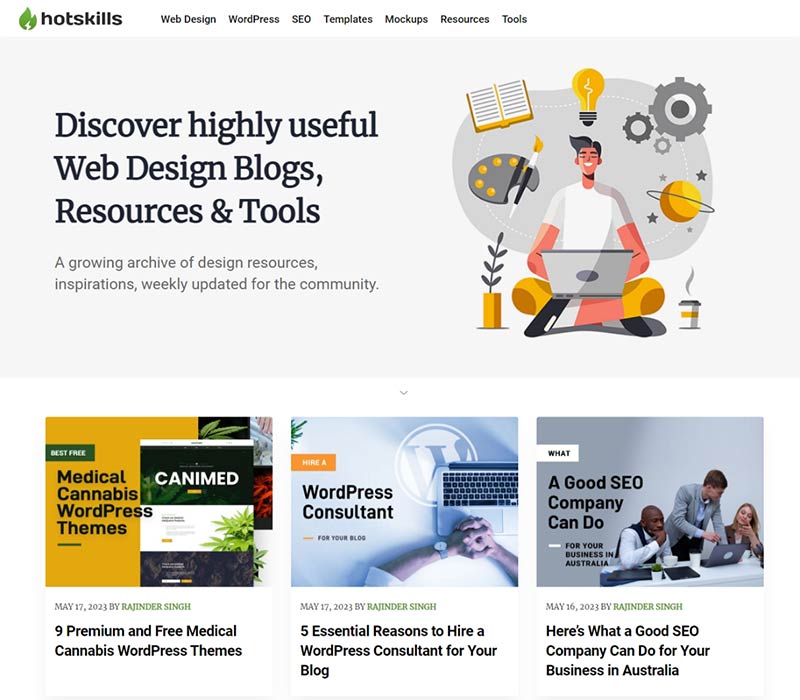
Look at other web design blogs to see what topics they are covering. Use those topics as inspiration for your blog posts.
➔ Find Content Ideas with Google Search Console

Use Google Search Console to see what keywords people are using to find your website. Create content that targets those keywords.
➔ Find Blog Post Ideas with Keyword Research Tools

Use keyword research tools like Ahrefs or SEMrush to find popular keywords related to web design. Use those keywords to create content that targets your audience.
100+ Web Design Blog Topics for Your Next Blog Post
1. The Benefits of Responsive Web Design
2. How to Optimize Your Website for User Experience
3. Top 10 Web Design Trends of the Year
4. A Beginner’s Guide to Web Design
5. The Importance of Accessibility in Web Design
6. How to Choose the Right Colors for Your Website
7. The Role of Typography in Web Design
8. The Pros and Cons of Using Stock Images in Web Design
9. The Power of Negative Space in Web Design
10. The Impact of Mobile Devices on Web Design
11. The Benefits of Minimalism in Web Design
12. The Future of Web Design: Predictions and Trends
13. The Psychology of Web Design: How to Make Your Website More Engaging
14. The Importance of Branding in Web Design
15. How to Optimize Your Website for Search Engines
16. The Role of Content in Web Design
17. The Importance of Site Speed in Web Design
18. The Advantages of Using WordPress for Web Design
19. How to Create a Successful Landing Page
20. The Benefits of Video in Web Design
21. The Dos and Don’ts of Web Design
22. How to Design a Website for E-commerce
23. The Impact of Artificial Intelligence on Web Design
24. The Importance of User Testing in Web Design
25. How to Design a Website That Converts
26. The Impact of Social Media on Web Design
27. How to Create a Mobile-First Website
28. The Benefits of Flat Design in Web Design
29. How to Create an Effective Call-to-Action
30. The Advantages of Using Animation in Web Design
31. The Importance of White Space in Web Design
32. The Benefits of Using a Grid System in Web Design
33. How to Design a Website for a Nonprofit Organization
34. The Role of Infographics in Web Design
35. The Benefits of Using a Content Management System for Web Design
36. How to Create a Website That Tells Your Brand’s Story
37. The Importance of Personalization in Web Design
38. The Benefits of Using Custom Illustrations in Web Design
39. How to Design a Website for a Small Business
40. The Impact of Chatbots on Web Design
41. The Importance of SEO-Friendly URLs in Web Design
42. The Benefits of Using Parallax Scrolling in Web Design
43. How to Create a Website That Builds Trust with Your Customers
44. The Role of Data Visualization in Web Design
45. The Benefits of Using Custom Fonts in Web Design
46. How to Design a Website for a Service-Based Business
47. The Impact of Virtual Reality on Web Design
48. The Importance of Navigation in Web Design
49. The Benefits of Using a Style Guide in Web Design
50. How to Create a Website That Aligns with Your Brand Values
51. The Role of Gamification in Web Design
52. The Benefits of Using Microinteractions in Web Design
53. How to Design a Website for a Product-Based Business
54. The Impact of Augmented Reality on Web Design
55. The Importance of Website Security in Web Design
56. The Benefits of Using Custom Icons in Web Design
57. How to Create a Website That Drives Conversions
58. The Role of Emotional Design in Web Design
59. The Benefits of Using Hand-Drawn Elements in Web Design
60. How to Design a Website for a Blog
61. The Impact of Blockchain Technology on Web Design
62. The Importance of Mobile Optimization in Web Design
63. The Benefits of Using Custom Photography in Web Design
64. How to Create a Website That is Easy to Navigate
65. The Role of Microcopy in Web
66. The Benefits of Using A/B Testing in Web Design
67. How to Design a Website for a SaaS Business
68. The Impact of Machine Learning on Web Design
69. The Importance of Visual Hierarchy in Web Design
70. The Benefits of Using SVGs in Web Design
71. How to Create a Website That is Accessible to Everyone
72. The Role of Emotion in Web Design
73. The Benefits of Using 3D Elements in Web Design
74. How to Design a Website for a Portfolio
75. The Impact of Chatting Interfaces on Web Design
76. The Importance of Consistency in Web Design
77. The Benefits of Using Interactive Elements in Web Design
78. How to Create a Website That Builds Community
79. The Role of Storytelling in Web Design
80. The Benefits of Using Illustrations in Web Design
81. How to Design a Website for a Medical Practice
82. The Impact of Data Privacy on Web Design
83. The Importance of Mobile First Indexing in Web Design
84. The Benefits of Using CSS Animations in Web Design
85. How to Create a Website That is Fast and Responsive
86. The Role of Microsites in Web Design
87. The Benefits of Using Responsive Images in Web Design
88. How to Design a Website for an E-learning Platform
89. The Impact of Influencer Marketing on Web Design
90. The Importance of Web Accessibility Standards in Web Design
91. The Benefits of Using Virtual Assistants in Web Design
92. How to Create a Website That Stands Out
93. The Role of Virtual Tours in Web Design
94. The Benefits of Using Chatbots in Web Design
95. How to Design a Website for a Restaurant
96. The Impact of Voice Search on Web Design
97. The Importance of Website Analytics in Web Design
98. The Benefits of Using Responsive Typography in Web Design
99. How to Create a Website That Tells a Story
100. The Role of Usability in Web Design
Conclusion
Consistently generating fresh and compelling content is crucial to building and maintaining a successful web design blog. However, it can be challenging to come up with new ideas and stay relevant in such a dynamic field.
Utilizing this list of over 100 web design blog topics, you can ensure that your blog always has something valuable to offer your readers. So, whether you’re a seasoned blogger or just starting these web design blog topics are a fantastic resource to help you create informative and engaging content that resonates with your audience. Keep these tips in mind, and happy blogging!

